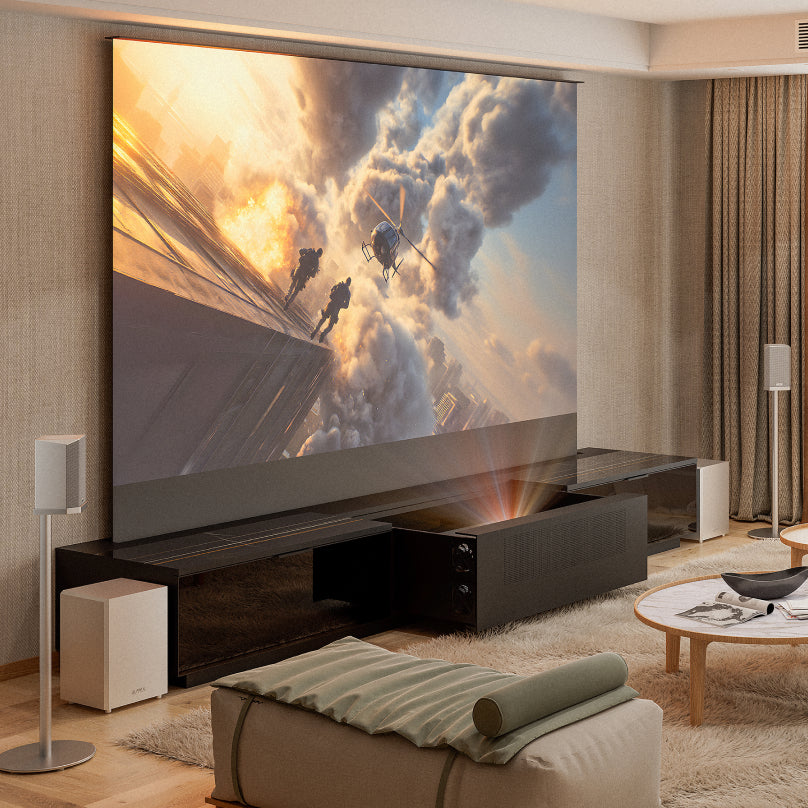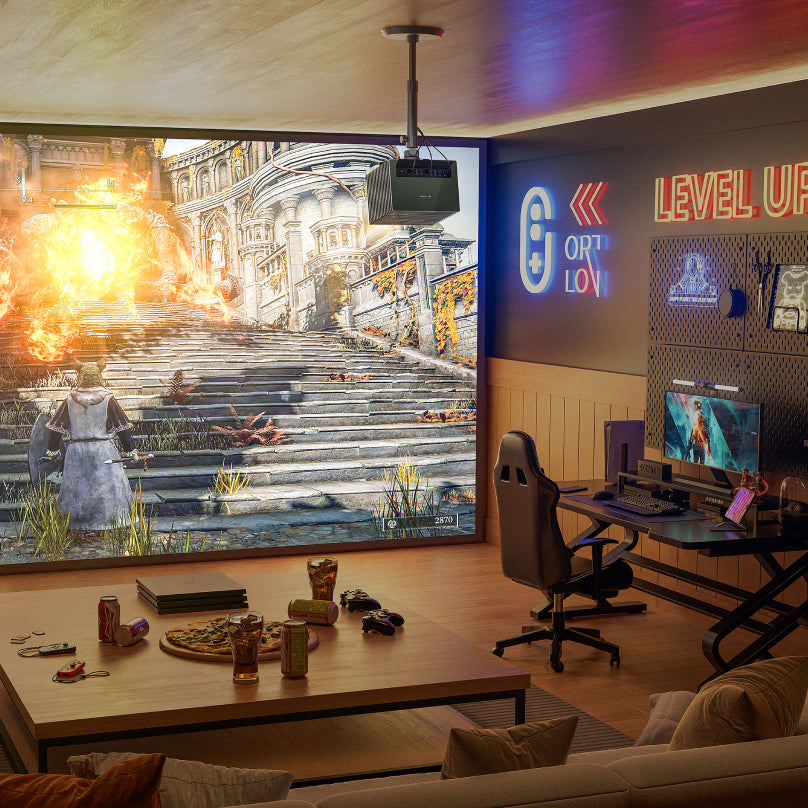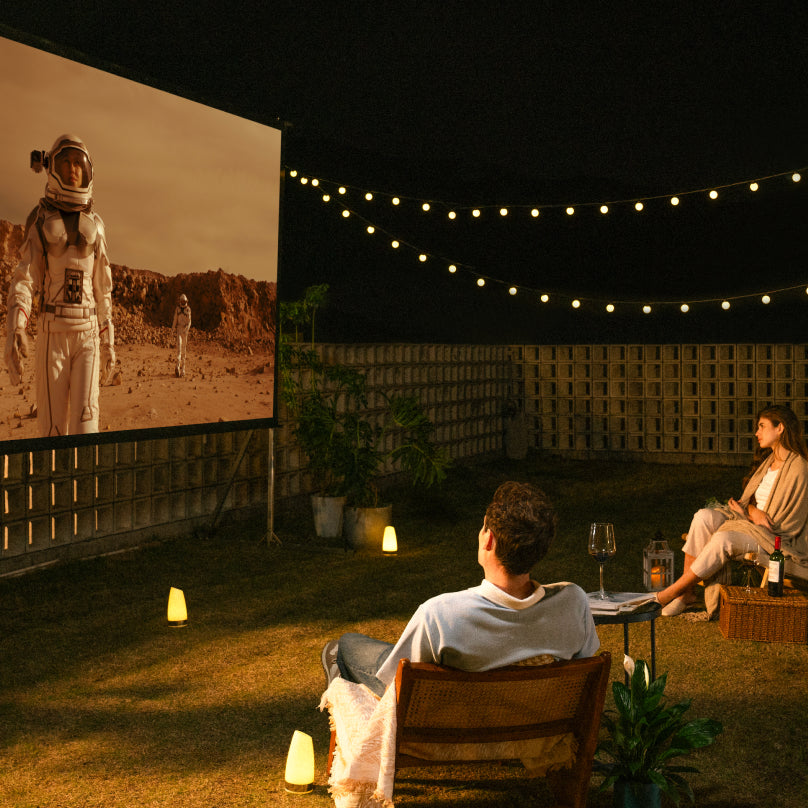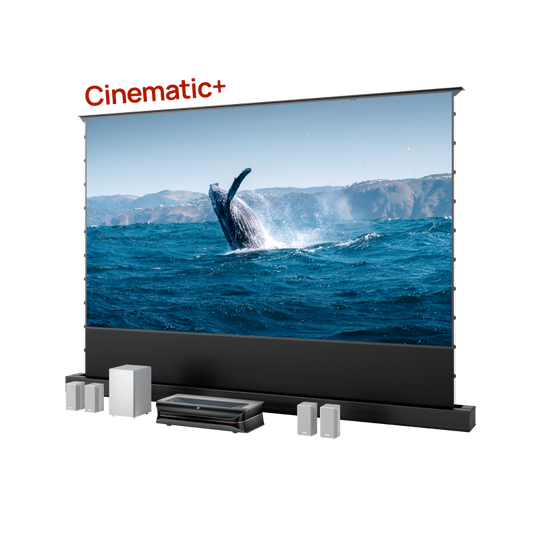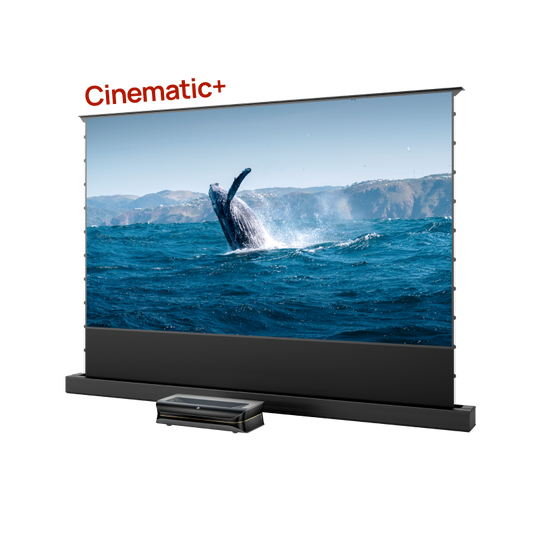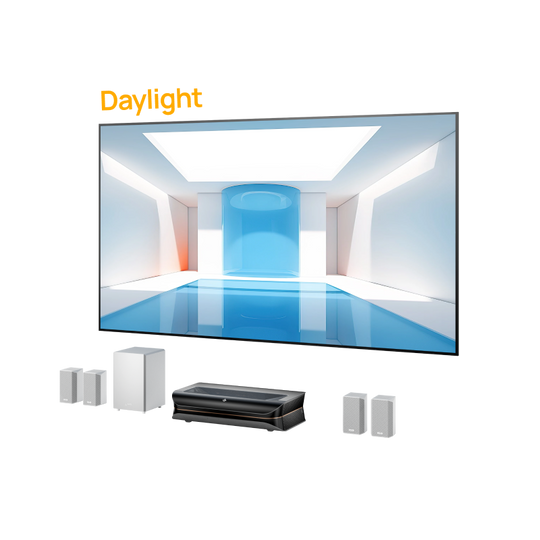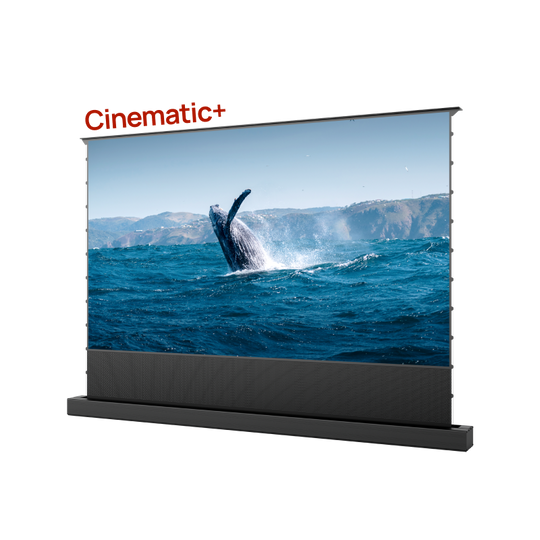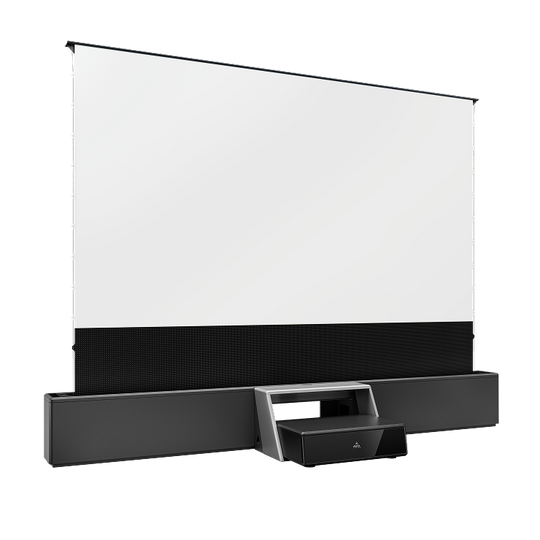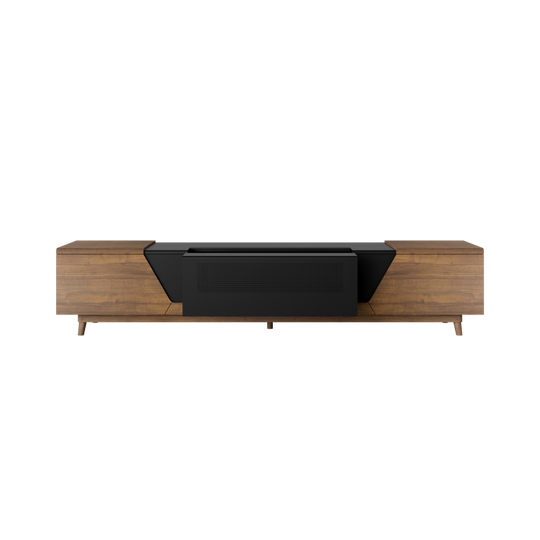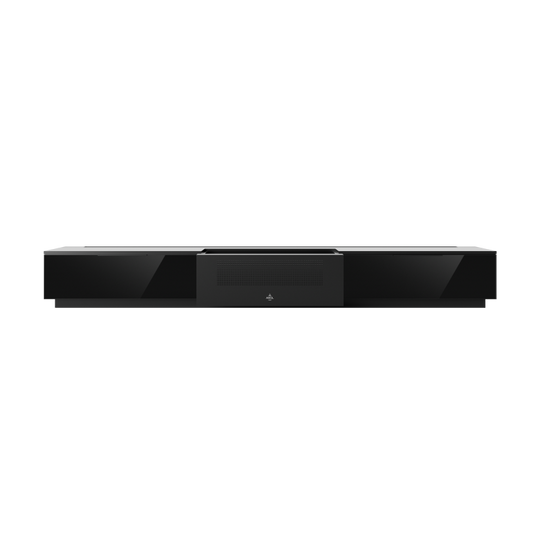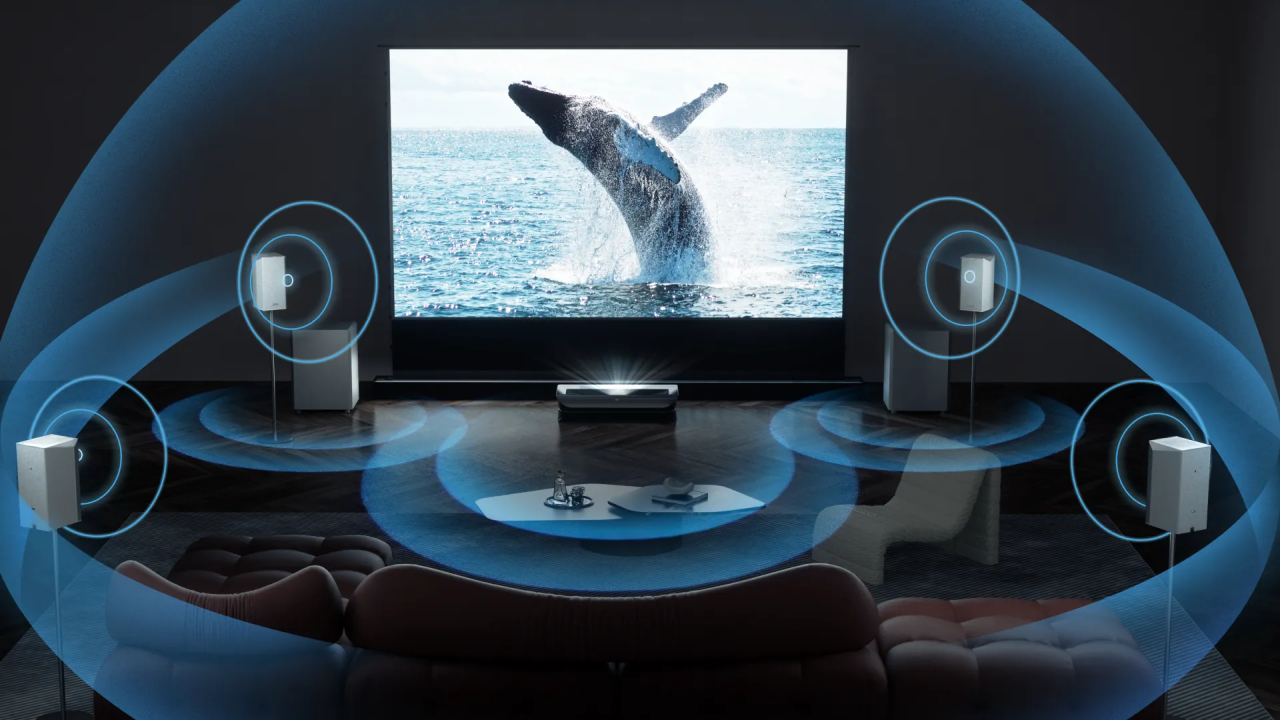3D technology has massively revolutionized entertainment. It has kept us hooked, either through red-and-blue comics in the back of a magazine or stunning 3D glasses. Looking back to 2007, just 1297 three-dimensional displays existed throughout the globe, while by the time we reached the end of 2016, this number grew to more than 87000, which shows how the desire for 3D entertainment has grown over the years. Let’s review a lengthy and exciting history with the 3D glasses and see how far we have come.
1850s: The Birth of Stereoscopy
It was in the 1830s, approximately more than fifty years before the making of the first motion picture, that the history of 3D, that is, the third dimension, began. Charles Wheatstone and David Brewster invented stereoscopes, which enabled depth perception. In 1838, Charles Wheatstone made a stereoscope that explained the term stereopsis to a familiar audience.
Like most inventions with great promise to the world, the stereoscope suffered teething problems in its design. Sir David Brewster subsequently enhanced Wheatstone’s model by supplementing the lenticular design and the lightbox optical design of the image viewer. He developed the first lenticular stereoscope, which was a portable 3D device. This device resembled binoculars in the hands of the user, allowing one to see beautiful three-dimensional pictures easily and changing the perception and use of 3D devices.
1920s: Anaglyph Glasses Enter the Scene
In the 1920s, the red and cyan anaglyph glasses were invented. These glasses provided an illusion of depth by filtering images displayed in two colors. One of the earliest 3D films made during this period, The Power of Love (1922), utilized anaglyph technology. Although radical, it had several disadvantages, such as poor color quality and ghosting.

1950s: Hollywood’s First 3D Boom
The nineteen fifties also witnessed the golden age of cinema, particularly three-dimensional movies. Interesting movies like House of Wax (1953) shifted the box office balance. These films used anaglyph glasses, later replaced with polarized 3D glasses, offering better clarity and an immersive experience.

1980s-1990s: 3D Revives with Anaglyph TV Events
In the 1980s and 1990s, 3D made a comeback with anaglyph glasses for special TV events and movies like Jaws 3-D (1983). Although the technology was still a novelty, it paved the way for advanced home entertainment systems.

2000s: RealD and the Blockbuster Era
With RealD 3D technology, the 3D cinema experience became the gold standard. Movies like Avatar (2009) captivated audiences with immersive effects, marking the zenith of the 3D era and becoming the most commercially successful film in history.
2010s: Active Shutter Glasses and Home Theater Systems
By the 2010s, 3D technology entered living rooms with active shutter glasses, providing flicker-free, high-definition 3D. However, due to the high cost and changing preferences, 3D technology began to decline in popularity.

AWOL Vision has continued to innovate 3D technology with products like the AWOL Vision 3D glasses and the LTV-3500 Pro 4K 3D Triple Laser Projector.
Beyond the Cinema: VR, IMAX, and Education
While mainstream 3D cinema has declined, 3D technology thrives in VR, IMAX, and education. It provides immersive learning experiences and enhances simulations for various purposes.
Final Thought: The Future in 3D—A Vision in Retrospect
Looking at the evolution of 3D technology, one wonders whether 3D glasses will return to mainstream entertainment or evolve into something new entirely.
FAQs: Quick Answers on the Origins and Evolution of 3D Glasses
When were 3D glasses invented?
Stereoscopic pictures have existed since the mid-19th century, but modern 3D glasses were developed in the 20th century.
Who invented 3D glasses?
Contributors to 3D glasses include William Friese-Greene, Frederick Eugene Ives, and John Anderton.
Are 3D glasses still relevant today?
Yes, 3D glasses remain relevant in VR, IMAX, and education, influencing both learning and entertainment.

